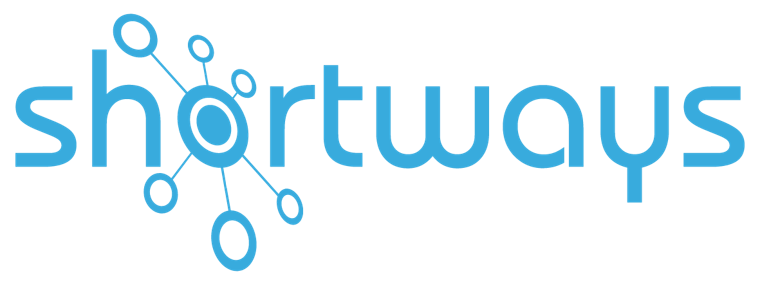
How Orange increase the autonomy of its suppliers on Oracle Fusion Portal
Emmeline Aliaoui is Digital Project Manager / Finance Department at Orange, and talks about the strategy to support and increase the autonomy of suppliers, who are external users, on their dedicated Oracle Fusion Portal.
What were the context and challenges of your procurement transformation project?
In 2019, Orange decided to extend its digitalisation to its suppliers by rolling out the Supplier Portal. This portal is a standard feature of our ERP system, designed to give our suppliers access to a dedicated and secure area where they can consult their account in real time and independently.
As our supplier population is very diverse, as is their level of digital maturity, the challenge was to enable our suppliers to become autonomous on the portal.
What were the projects targets and their numbers?
Today, we have 2,944 suppliers connected to this portal, which represents more users since a supplier can have 1 or even 2 to 5 people who can connect to the account: with a purchasing profile, an accounting profile and an administrator profile.
What project methodology was adopted?
Initially, during the deployment, Shortways let us help users get to grips with the tool by setting up different types of online help according to their needs and objectives.
For example, information tooltips to show the different menus of the Supplier Portal, the “Security Rules – General Conditions”, or a tooltip on a business rule to indicate the order number, so that users can get their bearings in the different screens.
Then and very quickly, we deployed step-by-step instructions: operating procedures integrated directly into the Supplier Portal screens, allowing the user to be guided step by step (screen by screen), to be totally autonomous in searching for information, creating or updating supplier information, or creating a user.
The user goes through the process without leaving the application, without training material on another screen or even in print, without calling on our supplier relations department.
What have been the results of the adoption of the Shortways DAP?
Shortways let us communicate in a targeted way, as we have online help that will only be visible to certain user profiles.
For example, on the Orange side we create the Supplier Admin, and then provide a step-by-step guide to the creation of supplier users, visible only to the Supplier Admin.
In this way, we do not confuse other users with information and operating procedures that are not relevant to them, and which could lead to confusion in the use of the application.
Finally, we will be able to monitor and analyse the impact and uptake of all the support made available to our suppliers, and therefore the application, via the reporting functionality.
For example, when the address of the Orange headquarters changed, we published a bubble to inform our suppliers. The reporting allows us to see the number of clicks on this bubble, i.e. the number of times it has been seen.
We have halved the flow of incoming emails: in 2019, when the portal was launched, the Supplier Relations department had a flow of almost 8,000 incoming emails, and today we are at 4,000.
We have increased the number of suppliers almost tenfold: at the beginning we had 280 suppliers with at least one user, today we have 2,944.
Shortways has therefore been an accelerator in enabling suppliers to be autonomous and speeding up the process of our suppliers joining the portal.
These 2,944 suppliers represent about 13% of our suppliers at Orange but represent a volume of 79% of invoices, which allows us to cover our volume.
This rapid evolution was possible thanks to the Shortways functionalities which let us apply a continuous improvement process. When the Supplier Relations department receives calls and requests on recurring questions, it informs us, and then we will adjust the content made available to provide answers to our users.
For example, if we see requests for information such as “How to see your payment schedule”, we will set up a step-by-step guide.
How long does it take to set up such a project professional?
The implementation and configuration of the help was quick: we set up online help for our suppliers as soon as the solution was deployed.
We spent more time thinking about the type of support we wanted to provide according to the objective than we did on the deployment itself. Once you have decided to use the tool, and once you have got used to it, it becomes automatic very quickly. It depends on the length of the steps but I would say a few hours. It can be done in a day.


